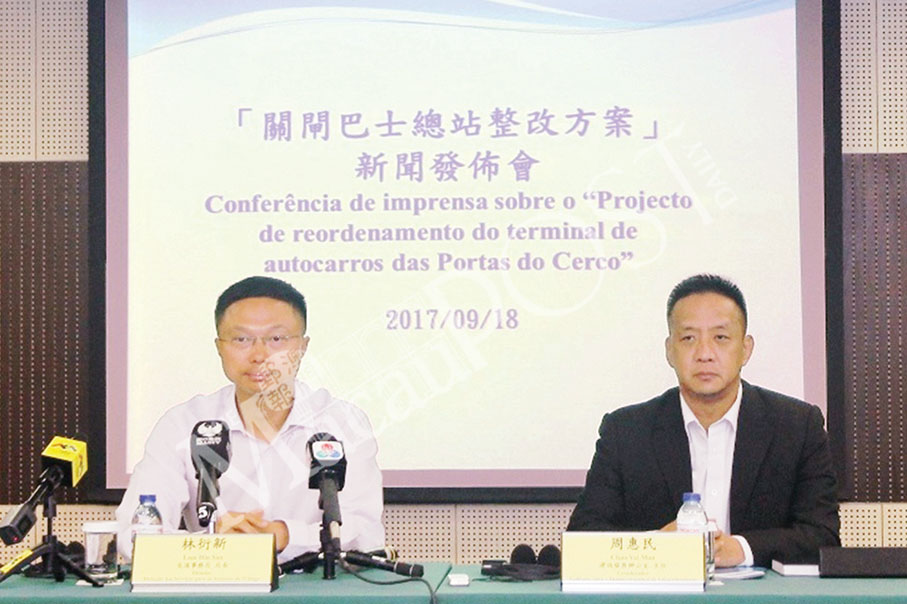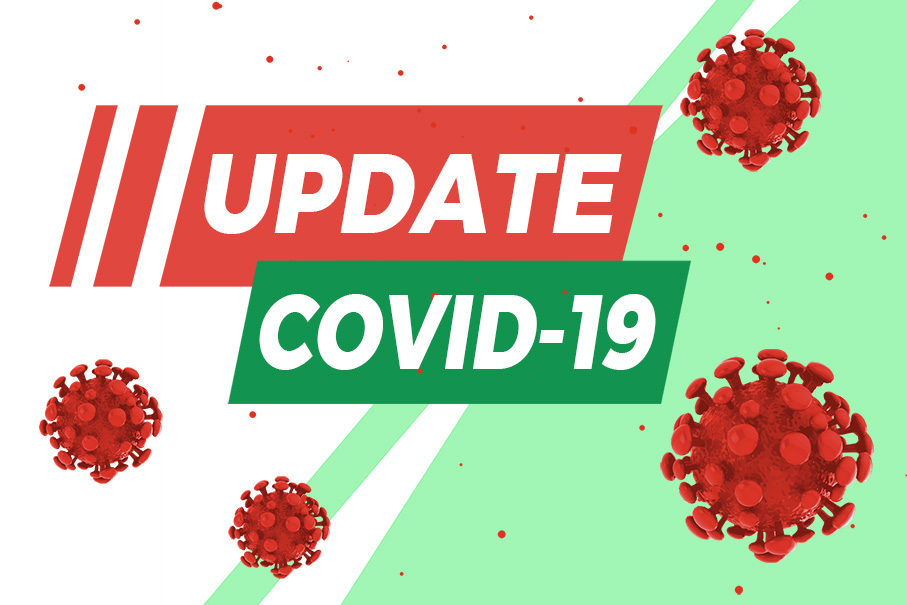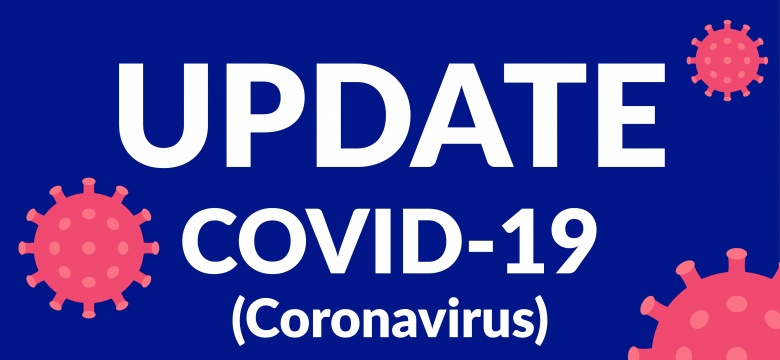Transport Bureau (DSAT) Director Lam Hin San said yesterday that the government would undertake major work to improve the ventilation in the bus terminal at the Barrier Gate border checkpoint while carrying out repairs to the equipment and facilities damaged by the severe flooding caused by Super Typhoon Hato.
Lam also said the government expected the underground terminal to be partially operational in the second quarter of 2019.
The underground terminal was seriously damaged by floodwaters during the Hato onslaught on August 23. Since then the terminal has been out of operation.
The government has said that all the equipment in the terminal, including the electricity supply, air-conditioning system, ventilation system, fire services installations as well as lifts and escalators were severely damaged.
The government had said earlier it did not know when the bus terminal would be back in use.
The bureau and the Infrastructure Development Office (GDI) jointly hosted a press conference yesterday to announce details of the project, at the bureau.
Residents and civic leaders had been complaining about the poor ventilation in the underground bus terminal since it opened in 2004. It has been reported that the health of bus passengers and those working in the terminal was affected by the poor ventilation, namely in the summer months.
Chief Executive Fernando Chui Sai On told the legislature early last month, before Hato changed the situation, that his government would carry out major work on the ventilation system in the underground terminal with the aim of fundamentally solving the long-standing poor ventilation issue, adding that the bus terminal would remain operational while the work was being carried out.
Addressing yesterday’s press conference, Lam said that even before Hato the government had been planning to carry out major work to improve the ventilation in the terminal and that the detailed design had been completed before the Hato onslaught.
Lam said that in the wake of the severe floods caused by Hato, the government had decided to revise the initial design plan, including relocating the electrical and mechanical facilities above the ground – in Barrier Gate Plaza.
Lam said the government would first repair the electricity supply and drainage system while the revisions to the design plan were still being made.
After the design plan is revised, the government will carry out other major work, such as moving the electromechanical facilities to ground level, improving the ventilation equipment, improving the air-conditioning in the passenger waiting areas, and replacing smoke extraction and lighting systems, according to Lam.
Lam said the government expected the underground bus terminal to be partially operational in the second quarter of 2019. The terminal was expected to be fully operational in the fourth quarter of 2019, he said.
Also addressing yesterday’s press conference, GDI Director Chau Vai Man said that the initial design plan had recently been completed and that the government initially planned to start the improvement work early next year. He also said that the government initially expected the work to take two years.
Chau pledged that the government will finish the revisions to the design plan as soon as possible after which the government will invite bids for the project. He said that the government now aimed for the project to start in the third quarter of next year, adding that the government planned for the project to take 14 months to complete.
Since the underground bus terminal has been closed, the bureau has rerouted the 24 bus routes which used the terminal to 10 other bus stops around the Barrier Gate border checkpoint, including those in Toi San district and Iao Hon district.
Residents and civic leaders have questioned why the bureau does not let the affected bus routes use the two areas – one west of and the other east of the Barrier Gate Plaza – which are currently being used by gaming operators’ shuttle buses. They also asked whether the government was favouring the city’s casinos.
When asked by the media yesterday about the matter, Lam said that he did not agree with the idea that the government is favouring the gaming operators. He said his bureau’s top priority was always to make public transport convenient for residents to use.
Lam said that the government decided to reroute the affected buses to the 10 nearby bus stops after taking a number of factors into consideration.
Lam said that based on the road layout around the casino shuttle bus area east of the border checkpoint, public buses would have had to use the Oriental Pearl roundabout (Rotunda da Amizade) if his bureau had rerouted the affected buses to that shuttle bus area, which would have increased the traffic congestion around the roundabout.
Lam also said that based on the road layout around the casino shuttle bus area west of the border checkpoint, public buses would have had to use the streets in Toi San district if his bureau had rerouted the affected bus routes, adding that the streets in the area were not wide for public buses.

Transport Bureau (DSAT) Director Lam Hin San (left) and Infrastructure Development Office Director (GDI) Chau Vai Man address yesterday’s press conference about the Barrier Gate bus terminal repairs and improvement project, at the bureau. Photo: GCS






